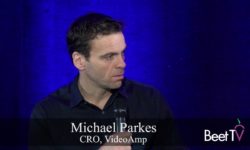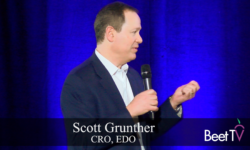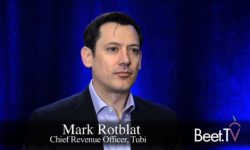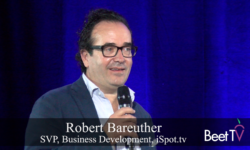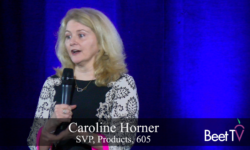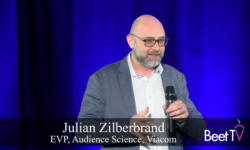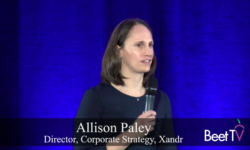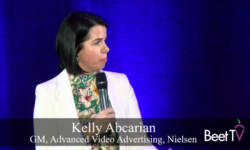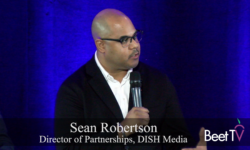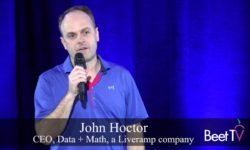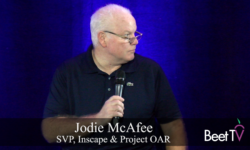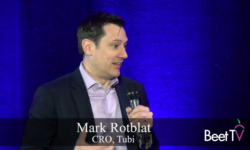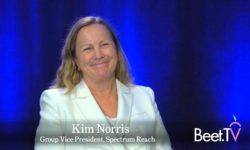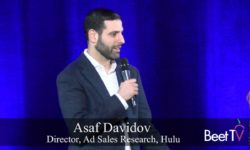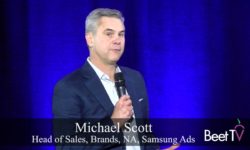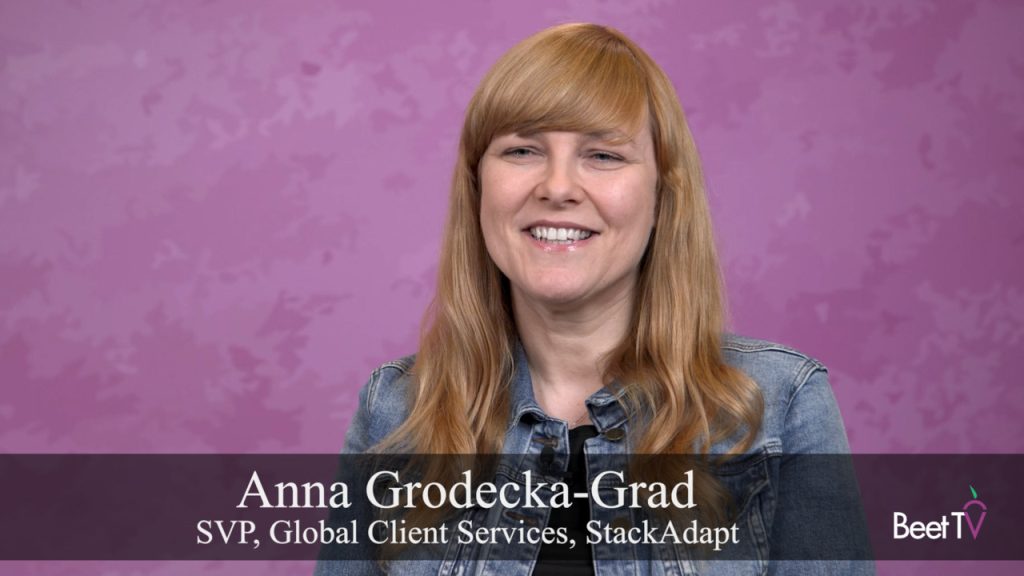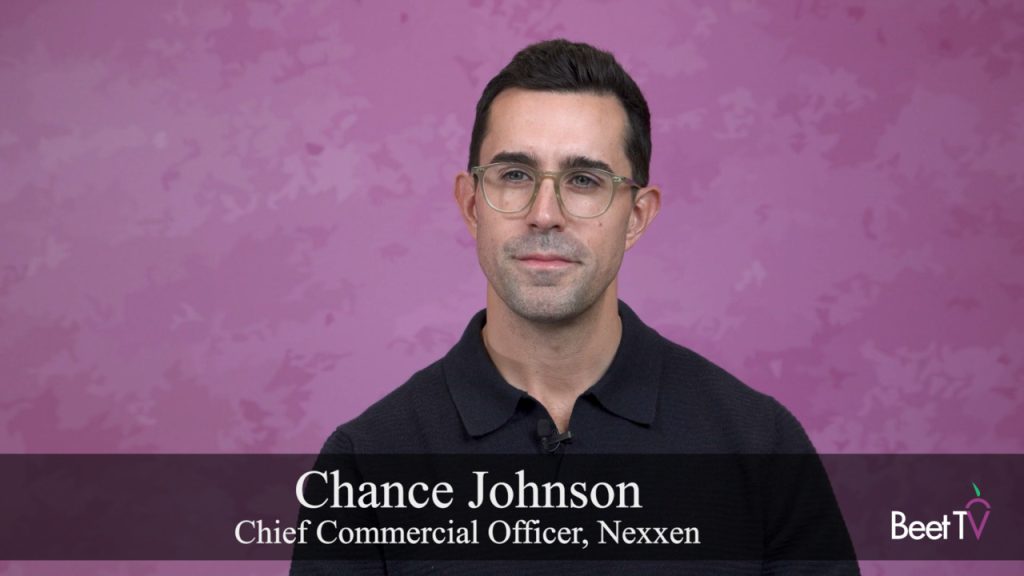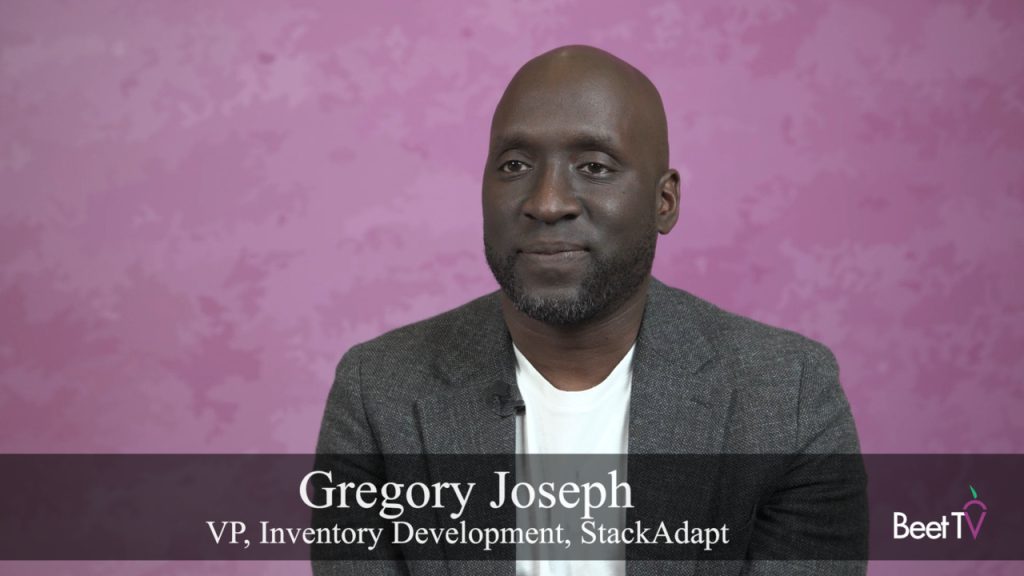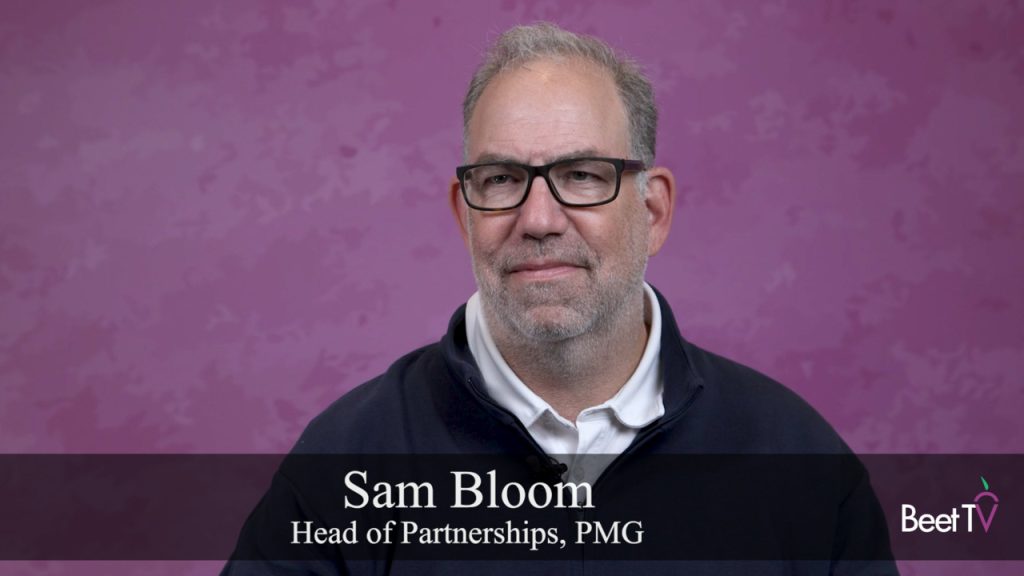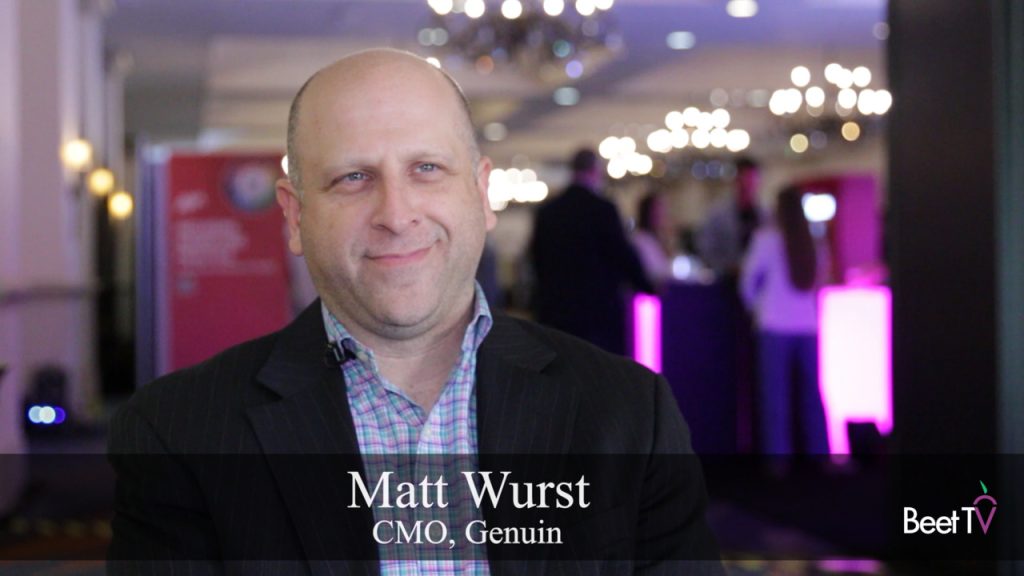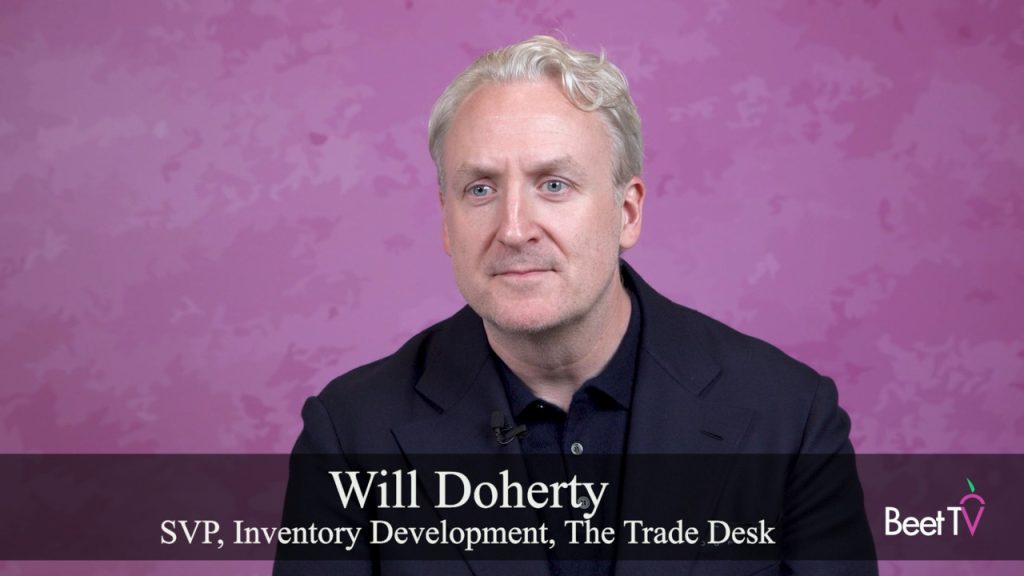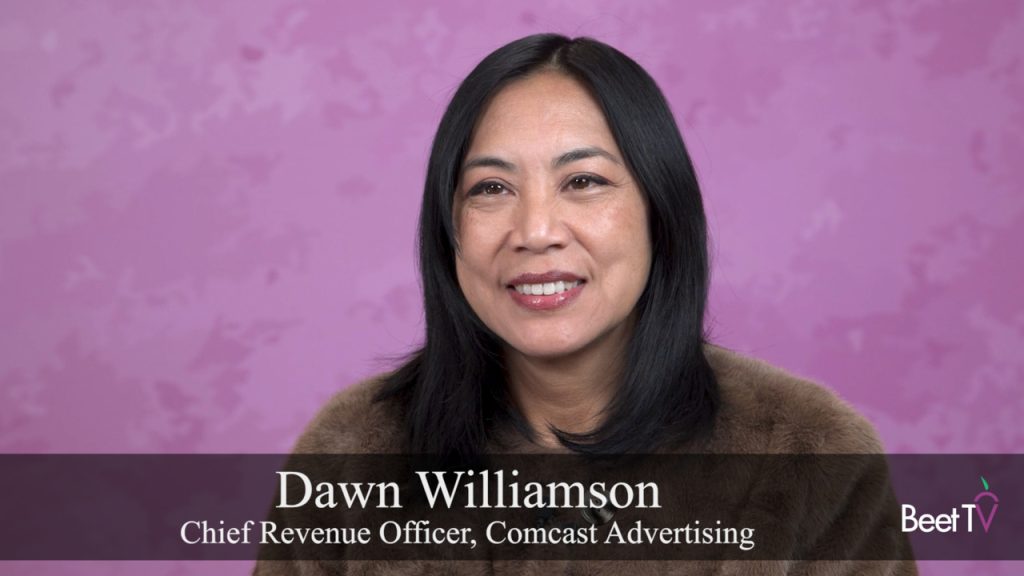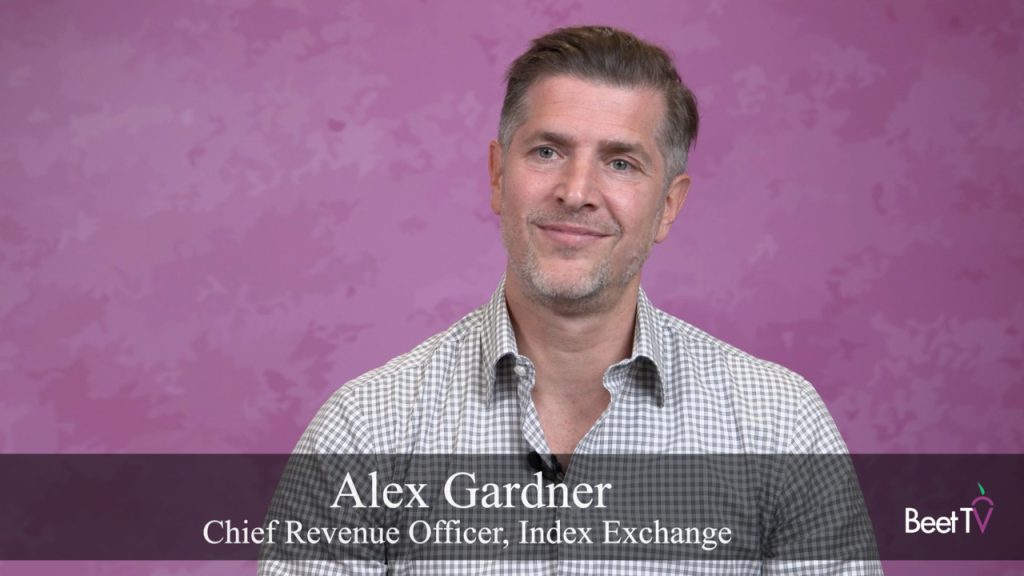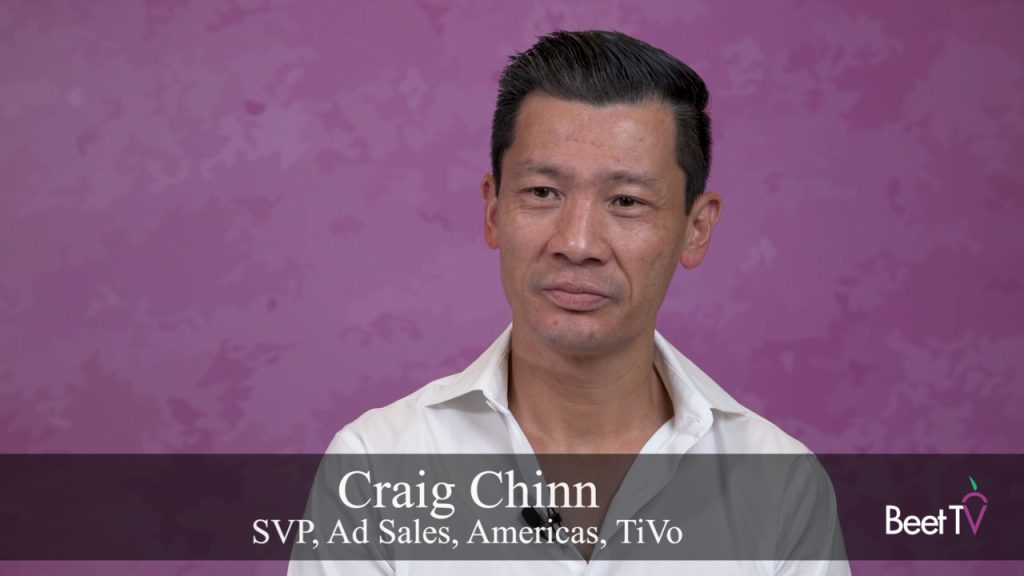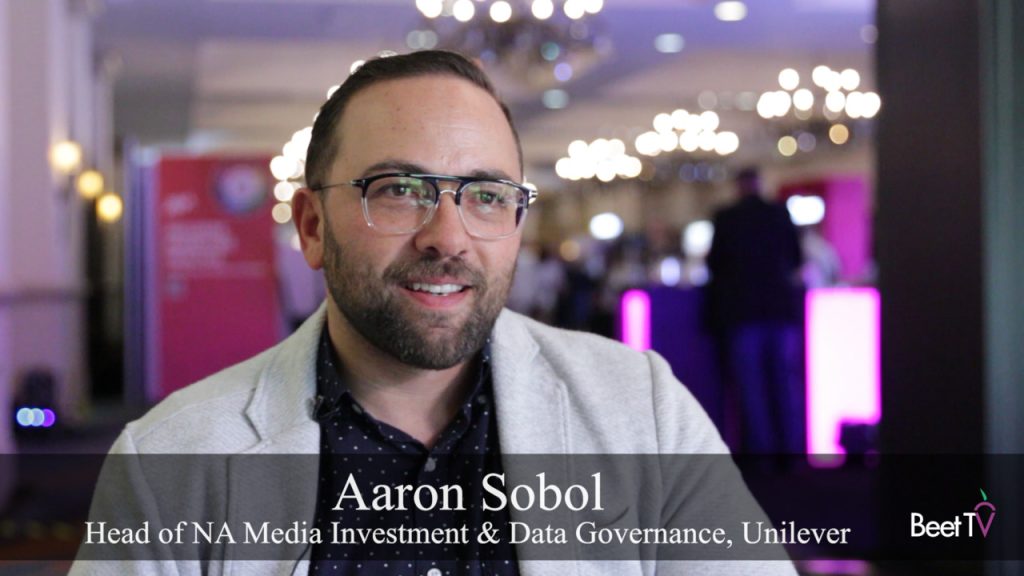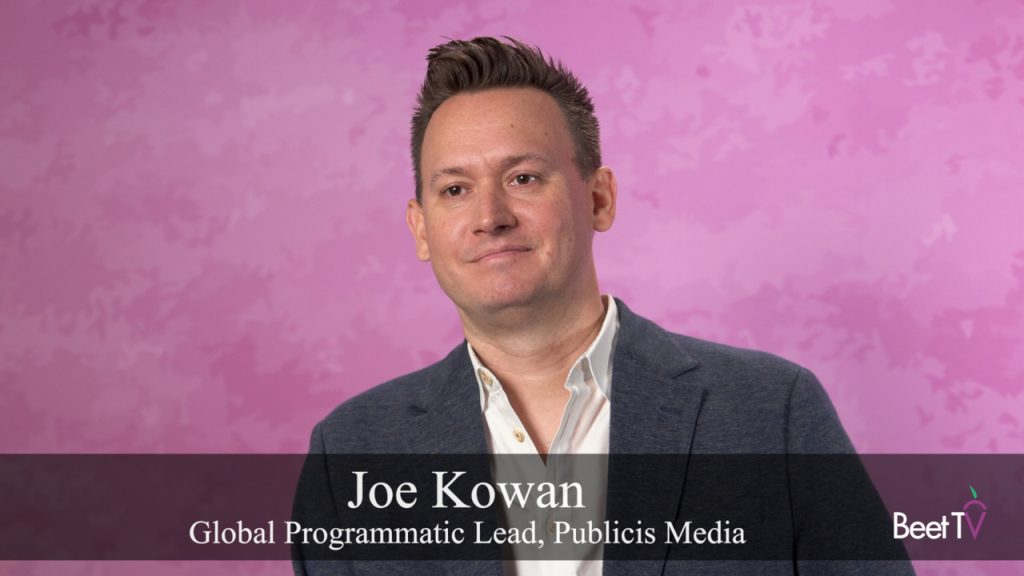As more video sources become available, the landscape is becoming fragmented. In an interview with Beet.TV, Maggie Zhang, executive vice president of video research and insights at Dentsu Aegis Network, discussed the data-access challenges and opportunities in today’s television industry.
Consumers today are screen-agnostic, and watch content from anywhere. Yet with these evolved consumption habits, most companies are still relying on legacy behaviors for measurement.
“We wanted to leverage measurement, attribution, new data capabilities and tools as important change agents to affect the new way of thinking and new way of doing.” Zhang says.
One part of Dentsu’s new initiative is to educate their own teams and clients about what new data sets are available. According to Zhang, the company is thinking beyond age and gender in terms of audience, and looking at measurement and attribution available across platforms in order to more accurately prove performance.
“Our philosophy is that measurement as a whole is not just the output at the end,” Zhang says. “We want to leverage measurement and attribution studies as input to inform overall planning, to inform cross-platform activation, and allocation.”
Only when they have tangible, quantifiable results through measurement and attribution studies will clients change their behavior and embrace more innovative practices.
One of these more forward-thinking practices is the use of “attention” as measurement. Attention economy is one of Dentsu’s major studies at the moment. Their goal is to create a value system based off of a user’s attention. With consumers being flooded with media messages, they’re looking further into what differentiates exposure from actual attention to a piece of media.
“We have conducted multi-country, multi-phased research since 2018,” Zhang says. “One is to better understand: what is attention? If we want to operationalize attention as a metric, what goes into that? What are the components? What are the factors we need to account for?”
They have completed phase one research on this topic, and shared results around the predictors and drivers of attention across platforms. Now in phase two, they’re collecting data in a large sample size across platforms and channels so that they can standardize these attention metrics from various sources. Eventually, they will create a proprietary attention metric that applies across platforms.






